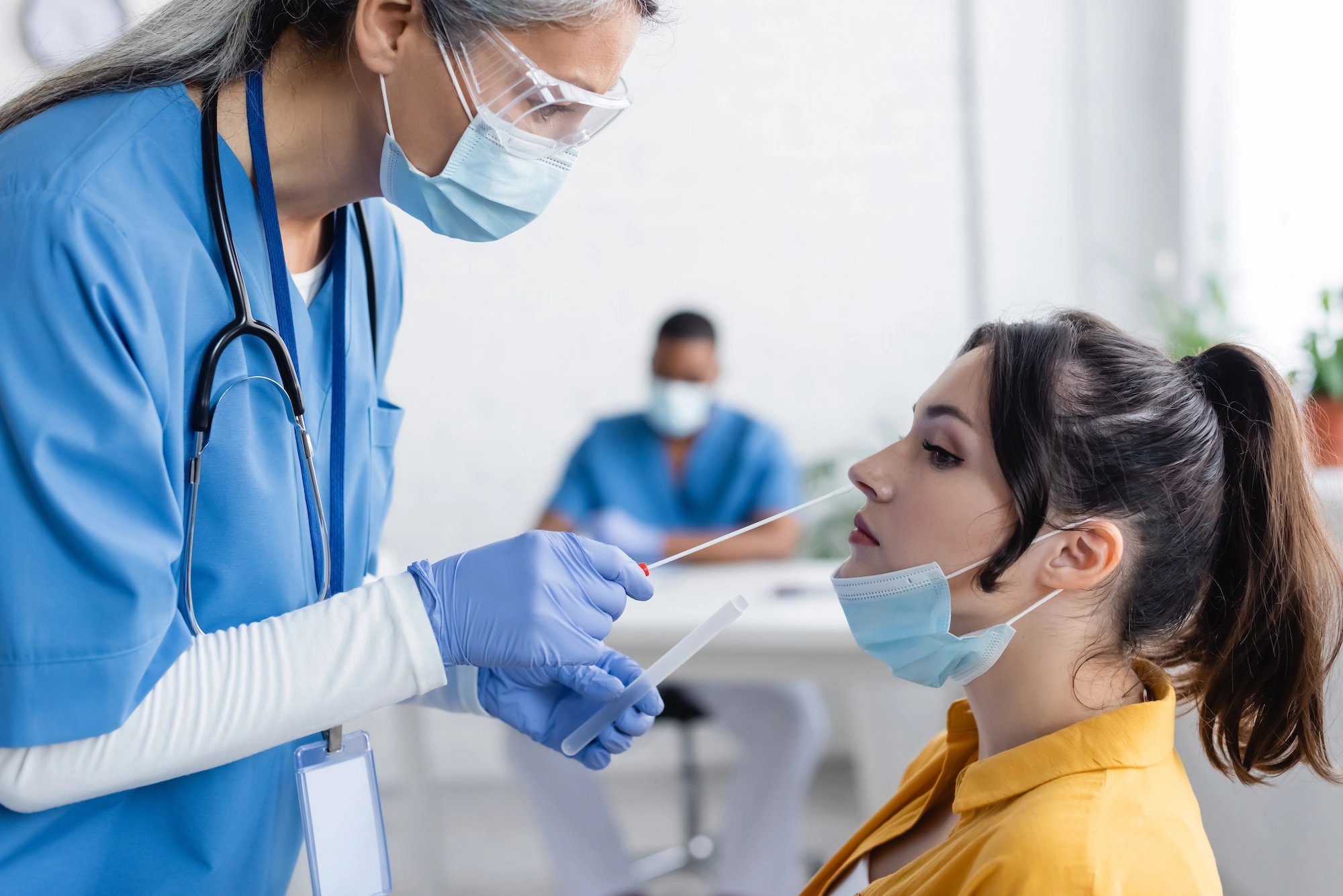
Written By: Biomeme Staff
From the battlefield to the kitchen table and everywhere in between, antibiotic resistance is cropping up in—and being battled—in new and evolving ways.
Antibiotic resistance (ABR) fits under the umbrella of antimicrobial resistance (AMR) and is specific to the overuse and improper use of antibiotics to fight bacterial infections. In recent decades, ABR has become a global crisis. State, national, and global efforts to address ABR are ongoing. Some recent news items illustrate how ABR is being addressed and how it impacts daily lives.
The impact of war on ABR: In an October 2023 article that hits closer to home on a personal level, doctors at a U.S. military hospital in Germany discovered that one soldier’s infection was resistant to almost every antibiotic. Since Russia first invaded Ukraine in 2014, drug-resistant infections in Europe have grown, and many of those infected and affected have been Ukrainian. War accelerates and facilitates the spread of disease. It is harder to take precautions in a state of crisis. When hygiene infrastructure is fragile, less care is given to the administration of drugs, and population displacement spreads disease. With governments focused on the political and economic impacts of the war, mitigating health impacts is overlooked.
ABR and the meat industry: ABR is also a kitchen-table issue. A December 2023 article in Vox illustrates how the use of antibiotics in meat production causes bacteria to mutate and develop resistance to antibiotics used for humans, making tuberculosis and urinary tract infections harder or nearly impossible to treat in humans. Starting in the mid-2010s, the Federal Drug Administration (FDA) required farmers to secure prescriptions for antibiotics and banned the use of antibiotics to make animals grow faster (so-called “growth hormones”). After years of improvement, between 2017 and 2022, antibiotic sales and use increased 12 percent. Beef and pork producers account for more than 80 percent of the medically important antibiotics fed to farm animals. Advocates have called for the FDA to follow Europe’s example where antibiotics cannot be used to prevent disease and can only be used when animals are sick, but current US laws prevent the FDA from taking that strong a stance. The FDA has relied on voluntary change and self-regulation from farmers and veterinarians. Though growth hormones are no longer allowed, some antibiotics that promote growth can still be used for disease prevention. Without more regulation, the industry has little incentive to change.
India as an ABR “hotspot”: Published in Nature in December 2023, focuses on India as a “global hotspot” for antimicrobial resistance because of its booming and poorly regulated pharmaceutical industry. Though the article refers to antimicrobials, the examples shared are specific to antibiotic use. In India, due to the high poverty level and public-private divide in healthcare, drugs that should be used sparingly, as classified by the World Health Organization (WHO), are being used twice as much as other recommended drugs, leading to 300,000 people dying of antibiotic resistant infections in 2019 alone. The COVID-19 pandemic exacerbated the inappropriate use of antibiotics in fighting the virus. The Indian government has since launched a national action plan on antimicrobial resistance that will hopefully sustain momentum, including the creation of stewardship programmes in hospitals, but there are ongoing issues with drug regulation and quality that need to be addressed.
Using supercomputers to fight ABR: This 2021 article also describes how researchers are using current technology to redesign existing antibiotics. An international team of researchers used a computer-guided approach to studying bacterial resistance and developing effectives derivatives of existing medications. The computational work was accomplished in weeks by a supercomputer, so the approach has potential. However, the team of human researchers spent several years verifying the correct approach. As computers become faster and faster, the hope is that they become more effective at defeating resistant bacteria.
Using nanobots to fight ABR: A February 2023 article in PNAS (Proceedings of the National Academy of Sciences of the United States of America) describes how a Spanish microbiologist collaborated with a Rice University chemist to design tiny molecular machines which drill holes in infectious pathogens to kill the malignant cells. This “brute force” approach is effective in killing bacteria resistant to antibiotics and cells that promote resistance, called persisters. This collaboration across disciplines using nanomachines is a novel approach to fighting disease that uses a mechanical solution rather than a biological one.
What these articles demonstrate are the two sides of a complex issue: On the one hand, researchers are exploring novel approaches to combating antibiotic resistance. On the other hand, war, population growth, poverty, and other factors continue to drive the growth of ABR.
Want to talk about what Biomeme’s rapid diagnostics can do for you? Let’s chat.
Get the latest tips from Biomeme shipped right to your inbox

From the battlefield to the kitchen table and everywhere in between, antibiotic resistance is cropping up in—and being battled—in new and evolving ways. Antibiotic resistance (ABR) fits under the...

Overuse of antibiotics has led to a losing battle against mutating, drug-resistant bacteria. A restrained approach to antibiotic prescription will be key to addressing this massive global health...

For companies to avoid shutdowns and impactful drops in productivity, continued employee COVID testing during times of peak transmission can be beneficial. The pandemic has waned, but COVID-19 hasn’t...
401 North Broad St Suite 222 Philadelphia, PA 19108